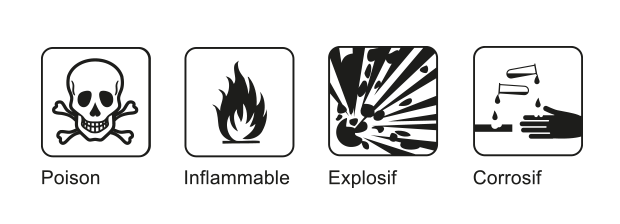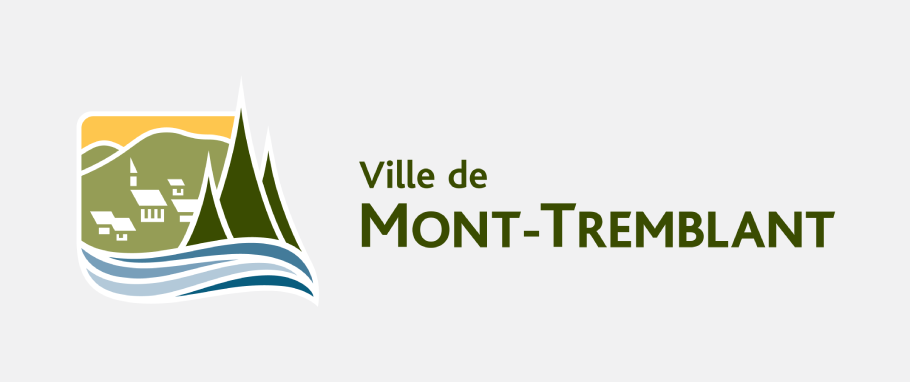Accepted materials
Construction and demolition materials
The maximum quantity corresponds to the contents of an 8'x4'x2 'trailer.
- Wood, branches and Christmas trees without decorations
- Gypsum
- Metal
- Non-recyclable dry materials
- Concrete, brick, stone and cement
- Floor coverings (carpet, linoleum, ceramic, etc.)
- Asphalt shingles
- Sanitary appliances (shower, bath, toilet, sink)
Automobile tires and batteries (without rims)
Furniture and mattresses
Electrical and electronic devices
- Small appliance
- Small electrical appliance
- TV / video or DVD / radio player
- Computer and peripherals
- Cooker
- Dishwasher
- Refrigerator
- Freezer
- Air conditioner and dehumidifier
- Washer, dryer
Recyclable materials
- Paper and cardboard
- Glass
- Metal
- Plastic identified by one of these symbols:

Plastics 6

Styrofoam food containers
- Coffee glasses
- Plates
- Food trays for meat
- Egg boxes
Rigid food containers
- Trays of mushrooms and berries
- Plates
- Utensils
- Yogurt pots
- Transparent glasses and domes (transparent dome and black base packaging, pastry, ready-to-eat)
- Transparent glasses and domes for drinks
- Small containers of milk and coffee cream
"Small beads" protective packaging
Such as protective packaging for:
- Electronic appliances
- Household appliances
- Winter protection
- Plant containers
- Spa covers (remove vinyl cover)
Insulation (construction)
- Pink, blue and green insulation panels
Green waste
Accepted only in spring and fall or at RIDR all year round.
- Dead leaves, cut grass, stems, twigs
Household hazardous waste (HHW) *
Due to the limitation of hazardous household waste (HHW) by the MRC des Laurentides, it is strongly recommended to contact the ecocentre (819-425-8614), before going for any HHW deposit.
* These products can also be brought to HHW repositories.
- Paint, varnish and solvents
- Used motor oil (in small containers)
- Cell phones
- Aerosols
- Oxidizers
- Propane tanks
- Pesticides and fertilizers
- Ink cartridges
- Cleaning products
- Compact fluorescent bulbs
- Thermometers
- Fire extinguishers (domestic only)
- Alkaline and rechargeable batteries
- Fluorescent tubes (4 and 8 feet)
- Metal paint containers (empty)
- Car batteries
- Tires (in some depots only)
How to get rid of HHW?
- The products must be of residential origin exclusively.
- Chemicals must be in their original container.
How to recognize HHW?
On the label of its products, we find the following pictograms:

Rejected materials
❌ Excessive construction materials (trailer over 8'x4'x2 ')
❌ Halogen bulbs (throw them in the black bin)
❌ Incandescent filament bulbs (throw them in the black bin)
❌ Contaminated soil or soil
❌ Hazardous waste from commercial sources
❌ Needles and syringes (bring them back to the pharmacy)
❌ Household waste (throw them in the black bin)
❌ Animal carcasses (throw them in the black bin)
❌ BCP and cyanide (contact a specialized service)
❌ Radioactive and biomedical waste (contact a specialized service)
❌ Weapons, explosives and ammunition (please contact the Sûreté du Québec to validate the arrangements put in place to dispose of these items. Do not transport explosives.)







